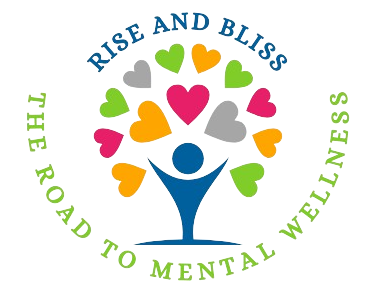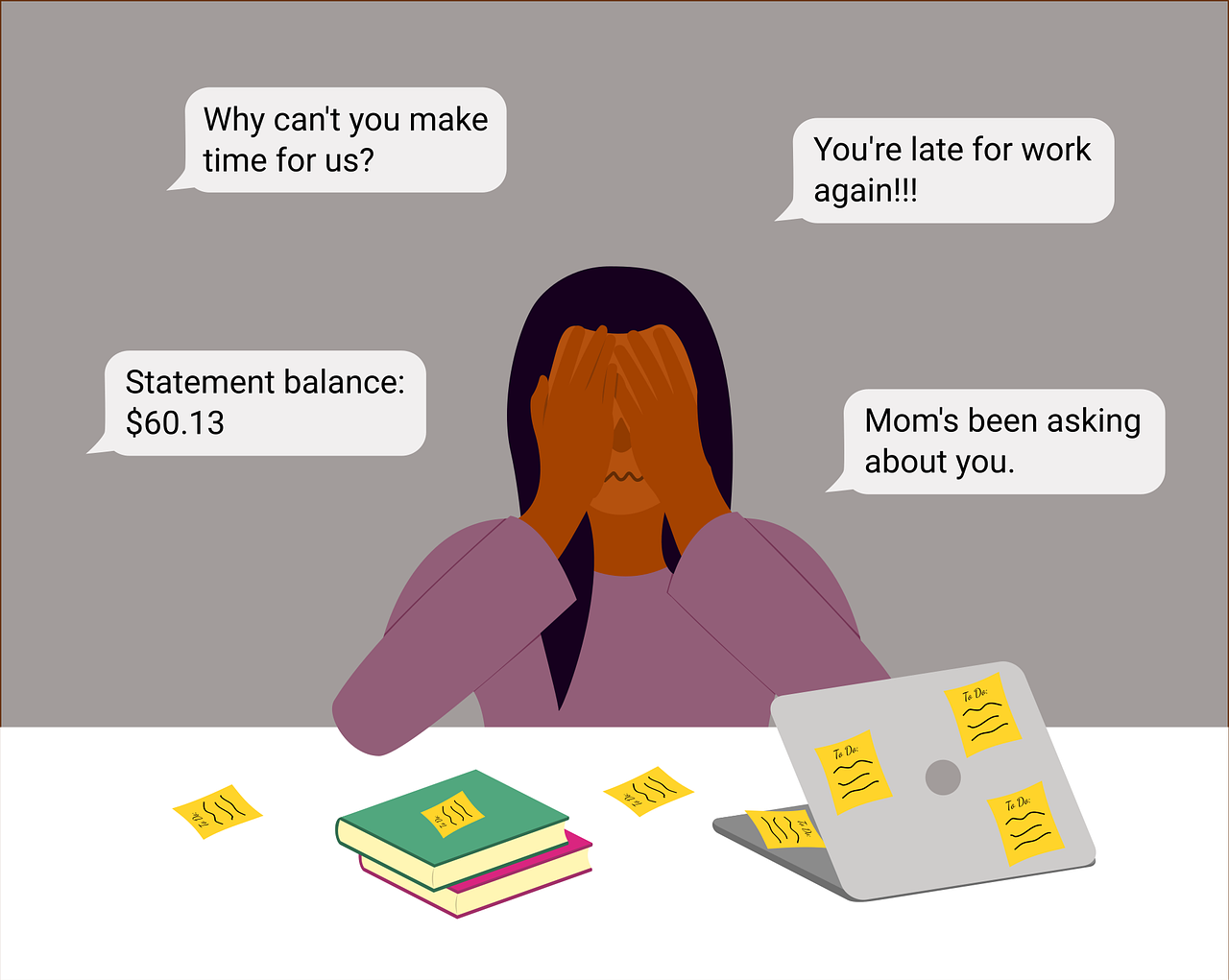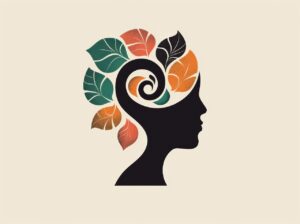Anxiety Exposed: Types, Symptoms, & How to Cope
Anxiety – an innate response that has evolved over millennia to protect us from danger and help us navigate complex social landscapes. It is that familiar feeling of unease, worry, or fear that arises in anticipation of a significant event or in the face of uncertainty. While anxiety, in its mild forms, can motivate us to prepare for challenges and perform at our best, it can become a debilitating condition when it escalates beyond control. For millions of people worldwide, anxiety is not just an occasional visitor but a constant companion that hinders daily activities, strains relationships, and diminishes quality of life.
In simple words, we can say that Anxiety is a natural and often beneficial response to stress, alerting us to potential dangers and helping us prepare for important events. However, when anxiety becomes excessive or persistent, it can interfere with daily life and well-being.
Symptoms of Anxiety
Physical Symptoms: Anxiety can manifest physically through increased heart rate, rapid breathing, sweating, trembling, fatigue, headaches, stomachaches, dizziness.
Emotional Symptoms: Persistent worry, fear, irritability, restlessness, are common emotional symptoms of anxiety. These feelings can be overwhelming and interfere with the ability to enjoy life or engage in everyday activities.
Behavioral Symptoms: Avoidance of anxiety-provoking situations, difficulty managing tasks, and social withdrawal are typical behavioral symptoms. These behaviors can limit personal and professional opportunities and lead to isolation and decreased quality of life.
Cognitive Symptoms: Difficulty concentrating, racing thoughts, excessive worrying, and trouble making decisions are cognitive symptoms of anxiety. These symptoms can impair academic or work performance and contribute to a sense of helplessness and frustration.
Types of Anxiety Disorders
Anxiety disorders are among the most common mental health conditions, affecting people of all ages and backgrounds. Despite their prevalence, these disorders are often misunderstood or underestimated, leading to delayed treatment and unnecessary suffering. Understanding anxiety in its entirety is the first step toward managing it effectively and reclaiming a sense of peace and well-being.
Generalized Anxiety Disorder (GAD)
Description: Generalized Anxiety Disorder is characterized by persistent and excessive worry about various aspects of daily life, from health and finances to work and relationships. This worry is often disproportionate to the actual situation and difficult to control.
Symptoms: Individuals with GAD may experience restlessness, fatigue, difficulty concentrating, irritability, muscle tension, and sleep disturbances. The chronic nature of worry can lead to significant distress and impairment in social, occupational, and other important areas of functioning.
Panic Disorder
Description: Panic Disorder involves recurrent and unexpected panic attacks, which are sudden periods of intense fear or discomfort that peak within minutes. These attacks can occur without an obvious trigger and often leave individuals fearing the next episode.
Symptoms: During a panic attack, a person may experience heart palpitations, sweating, trembling, shortness of breath, chest pain, nausea, dizziness, chills or hot flashes, and a fear of losing control or dying. The overwhelming nature of these symptoms can lead to avoidance of situations where previous attacks have occurred.
Social Anxiety Disorder (Social Phobia)
Description: Social Anxiety Disorder is characterized by a significant fear of social situations where an individual might be exposed to scrutiny, judgment, or potential embarrassment. This fear can interfere with daily activities and relationships.
Symptoms: People with social anxiety disorder may avoid public speaking, meeting new people, or attending social gatherings. Physical symptoms can include blushing, sweating, trembling, nausea, and difficulty speaking. The fear of being negatively evaluated often leads to severe avoidance behavior.
Specific Phobias
Description: Specific Phobias are intense, irrational fears of specific objects or situations, such as heights, animals, or flying. These fears go beyond the actual threat posed by the feared object or situation and lead to significant distress and avoidance behavior.
Symptoms: Exposure to the phobic stimulus can trigger immediate anxiety responses, including rapid heartbeat, sweating, trembling, and even panic attacks. The individual recognizes that the fear is excessive but feels powerless to control it.
Obsessive-Compulsive Disorder (OCD)
Description: OCD involves unwanted, intrusive thoughts (obsessions) and repetitive behaviors or mental acts (compulsions) performed to reduce anxiety. These compulsions often become time-consuming and interfere with daily functioning.
Symptoms: Common obsessions include fears of contamination, harming others, or making mistakes. Compulsions might involve excessive cleaning, checking, counting, or repeating actions. The cycle of obsessions and compulsions can dominate a person’s life and cause significant distress.
Post-Traumatic Stress Disorder (PTSD)
Description: PTSD can develop after exposure to a traumatic event, such as combat, natural disasters, accidents, or personal assaults. The disorder is characterized by intrusive memories, heightened reactivity, and avoidance of reminders of the trauma.
Symptoms: Individuals with PTSD may experience flashbacks, nightmares, severe anxiety, and uncontrollable thoughts about the event. They often avoid places, activities, or people that remind them of the trauma, which can lead to social isolation and difficulty functioning.
Causes
Genetics: Family history plays a significant role in the development of anxiety disorders. Individuals with relatives who have anxiety disorders are more likely to experience anxiety themselves.
Personality Factors: Certain personality traits, such as being highly sensitive, perfectionistic, or prone to negative thinking, can increase susceptibility to anxiety. Individuals with these traits may find it harder to cope with stress and uncertainty.
Life Experiences: Traumatic events, chronic stress, and major life changes can trigger or exacerbate anxiety. Early childhood experiences, such as abuse or neglect, can also contribute to the development of anxiety disorders.
Medical Conditions: Certain medical conditions, such as heart disease, diabetes, thyroid problems, and respiratory disorders, can cause or worsen anxiety. Medications and substance abuse can also contribute to anxiety symptoms.
Treatment
Therapy
Cognitive-Behavioral Therapy (CBT): CBT is a highly effective treatment for anxiety disorders. It helps individuals identify and challenge negative thought patterns and behaviors, replacing them with more constructive ways of thinking and coping.
Exposure Therapy: This form of therapy gradually exposes individuals to feared situations or objects in a controlled manner, helping them build tolerance and reduce avoidance behaviors.
Mindfulness-Based Therapies: Mindfulness practices, such as meditation and mindfulness-based stress reduction (MBSR), can help individuals stay present and reduce the impact of anxious thoughts.
Lifestyle Changes
Regular Exercise: Physical activity can reduce symptoms of anxiety by releasing endorphins and promoting overall well-being.
Healthy Diet: A balanced diet rich in fruits, vegetables, lean proteins, and whole grains supports brain health and can reduce anxiety.
Adequate Sleep: Ensuring 7-9 hours of quality sleep per night is crucial for mental health. Good sleep hygiene, such as a regular sleep schedule and a restful environment, is essential.
Stress Management: Techniques such as deep breathing, progressive muscle relaxation, and yoga can help manage stress and reduce anxiety.
Support Networks
Social Support: Building and maintaining strong relationships with family, friends, and community members can provide emotional support and reduce feelings of isolation.
Conclusion
Anxiety, while a natural part of life, can become overwhelming and detrimental when it spirals out of control. Understanding the different types of anxiety, recognizing the symptoms, and knowing the causes are crucial steps in managing this complex condition. With a combination of therapy, medication, lifestyle changes, and support networks, individuals can effectively reduce anxiety and improve their overall quality of life. If you or someone you know is struggling with anxiety, seeking professional help is a vital step toward recovery and well-being.




